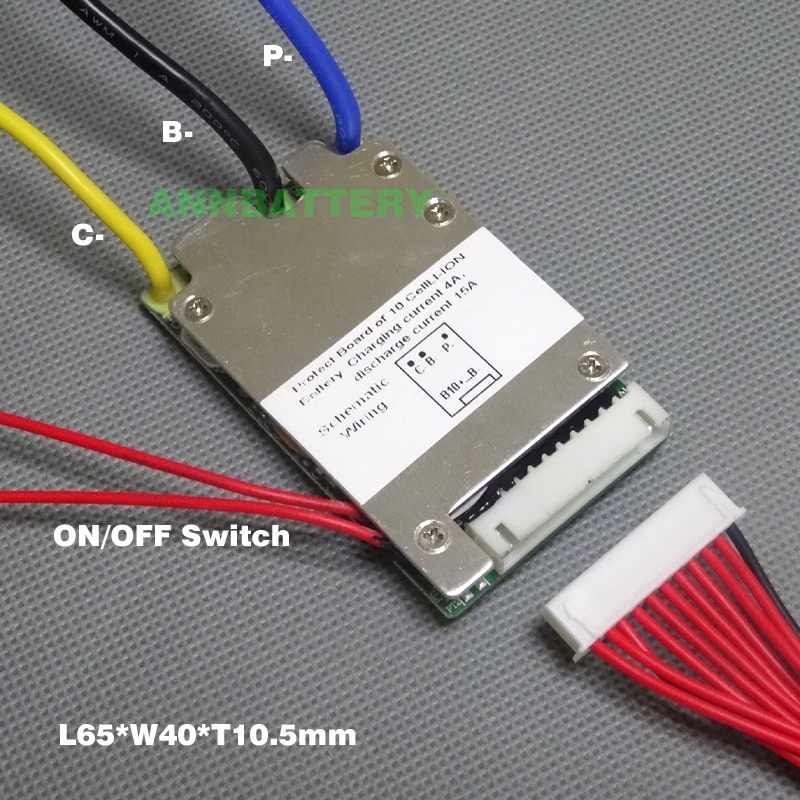During last ride I noticed that the pack would disconnect from the bike. Turns out that the connector needs to be pushed firmly and to one side for the contact to be made, but then still it is not very stable. Will have to take the battery apart and solder a shorter cable. Maybe that additional length/weight was causing issues.
Also noticed that the sockets on the connector itself are quite deformed / oxidized. Maybe that's due to constant vibrations under current or other factors, but doesn't look good. Compared to the charger, where everything is pristine (see below). Actually even the ends of the plugs on the frame connector are now a bit oxidized as well - will post a pic later though, the bike is in shop.
Guess the TEC pack with their battery design is not so bad after all, at least the connections seem to be quite secure there, so hopefully this problem won't be there.
Wonder how easy it will be to replace the connector on the frame.






Also noticed that the sockets on the connector itself are quite deformed / oxidized. Maybe that's due to constant vibrations under current or other factors, but doesn't look good. Compared to the charger, where everything is pristine (see below). Actually even the ends of the plugs on the frame connector are now a bit oxidized as well - will post a pic later though, the bike is in shop.
Guess the TEC pack with their battery design is not so bad after all, at least the connections seem to be quite secure there, so hopefully this problem won't be there.
Wonder how easy it will be to replace the connector on the frame.


